Advertisement
If you're someone who loves turning ideas into visuals without picking up a camera or a sketchpad, Imagen 2 might just be your new favorite tool. Developed by Google DeepMind, Imagen 2 is built to take text prompts and turn them into sharp, coherent images that can surprise even the most skeptical viewer. And while the technology under the hood is seriously complex, using it doesn’t have to be.
Creating images with Imagen 2 doesn’t require a background in design or programming. It’s more about knowing what to write, how to write it, and how to adjust if things don’t go quite the way you pictured them. So, let’s break this down into steps that feel practical—because that’s what matters most when you're working with a tool like this.
First thing—you’ll need access to Imagen 2. As of now, it’s not something you can just download and install on your laptop. Google typically offers it through controlled environments, either within its own AI Studio or other select platforms where users are invited to try the model. So, if you're not seeing a direct sign-up option, that's why.

Keep an eye out for updates from Google or tools that integrate Imagen 2’s model into their workflow. Some AI platforms might partner with Google to offer it through a front-end that makes things easier. Once you have access, the interface will usually be web-based—no extra installations, no need to worry about system requirements.
The real magic of Imagen 2 starts with your prompt. This is where people often overthink it. Think of it this way—if you were describing the image to someone over the phone, how would you phrase it? That’s how you should approach your prompt. Short, but specific.
Instead of:
“A woman standing.”
Try:
“A young woman wearing a red raincoat, holding a yellow umbrella, standing on a cobblestone street in the rain.”
See the difference? You’re giving details that matter. The model knows what “rain” looks like. It knows what an umbrella is. But the prompt helps it decide where these things go and how they interact.
You can go as descriptive as needed but try not to pile in too many unrelated elements. Imagen 2 handles complexity well, but even the best AI models can get confused if you ask for too much at once.
Some platforms that offer Imagen 2 will let you choose a style. This could be “photorealistic,” “digital painting,” “sketch,” or “3D render,” depending on how it’s set up. These options help narrow down what kind of image you’ll get.
If the platform doesn’t offer this directly, you can still guide it by including style in your prompt. For example:
“A photorealistic image of a vintage typewriter on a wooden desk, sunlight casting shadows through a nearby window.”
Or:
“A cartoon-style image of a cat wearing sunglasses, lounging on a beach chair.”
Adding this kind of context gives Imagen 2 something solid to work with. Otherwise, the model may default to something unexpected—or just not quite what you were imagining.
Some platforms might also let you pick the image resolution or dimensions. If you're using the image for a banner, a post, or a thumbnail, choose the aspect ratio accordingly. If those settings aren't available, just write them into your prompt: "in a wide landscape format" or "square image, 1080x1080."
Once your prompt is ready, hit generate. Imagen 2 will process the text and create your image. This usually takes a few seconds, depending on server load and prompt complexity.
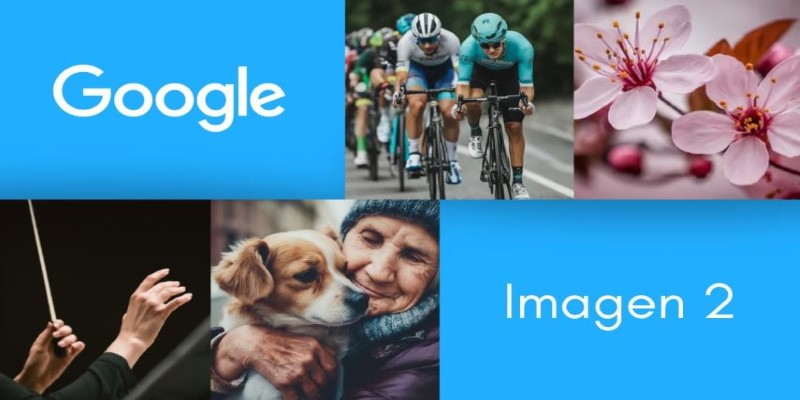
Now, here's something that helps: don't be afraid to regenerate. The first result might be decent, or it might be completely off. That doesn't mean your prompt was bad. It just means there's an element of randomness, and sometimes, the model interprets things a bit differently than you'd expect.
If the image is close but not quite there, try tweaking a few words. Change “old” to “vintage,” or replace “bright” with “neon.” Small changes can lead to very different results.
You can also try simplifying your prompt if the image feels cluttered. Or do the opposite—add a bit more if the output feels too plain. You’ll find that sweet spot by playing around with it.
Once you've landed on an image you like, just download it. Most platforms will offer a basic image file—usually JPEG or PNG. Depending on where you're using it, you might need to compress it for the web, resize it for social, or convert it to a different format for print.
Remember to check the usage terms. Some platforms might restrict commercial use or ask for credit. If you’re using Imagen 2 through an official or beta-access platform, the rules should be listed clearly. Just be sure you’re good to go before using the image in any paid campaign or public-facing project.
Imagen 2 tends to do really well with lighting, facial features, and perspective. If you ask for a "city skyline at sunset," it often captures those light gradients with surprising clarity. But like any model, it can struggle with hands, text, and anything with logos. So, if your image needs a person holding a book that says "Learn AI Today," you might need to add that text manually afterward with another tool.
And while Imagen 2 produces high-quality work, don't expect it to read your mind. The clearer you are, the better it gets. Think of it less like a magic trick and more like a collaboration between you and the tool.
Imagen 2 offers a quick, easy way to bring ideas to life visually—no camera, no brush, no long wait times. As long as you write prompts that give it direction, you’ll get results that are sharp, creative, and useful. It’s about writing clearly, refining as needed, and knowing when to adjust without overcomplicating things. If you're just starting out, don’t stress over getting the perfect result on the first try. Most people don’t. But the more you use it, the better you’ll get at speaking its language—and that’s when the images really start to match what you had in mind.
Advertisement
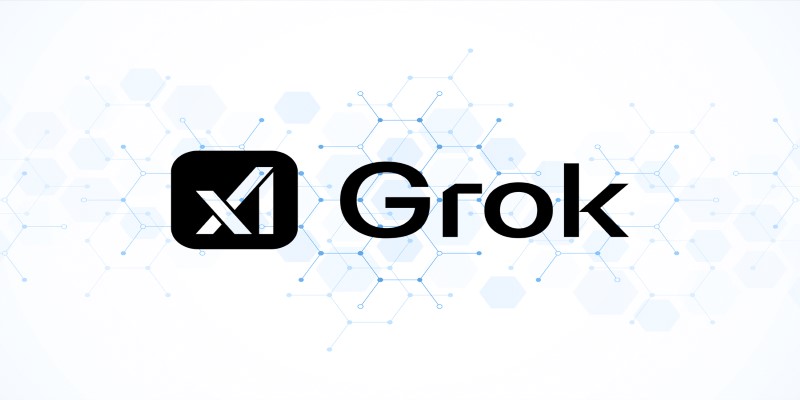
Heard about Grok but not sure what it does or why it’s different? Find out how much it costs, who can use it, and whether this edgy AI chatbot is the right fit for you

Ever wondered how you can make money using AI? Explore how content creators, freelancers, and small business owners are generating income with AI tools today
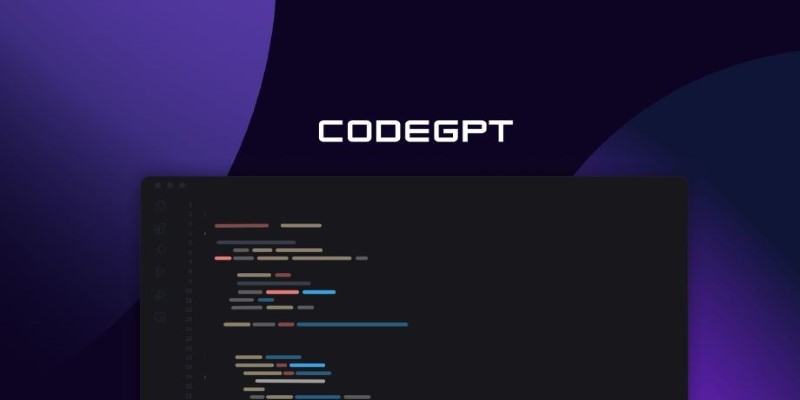
Curious about CodeGPT? Learn what CodeGPT is, how it works, and whether it can really write code that runs. Simple guide for beginners and curious minds

How to use the Nightshade AI tool to protect your digital artwork from being used by generative AI models without your permission. Keep your art safe online
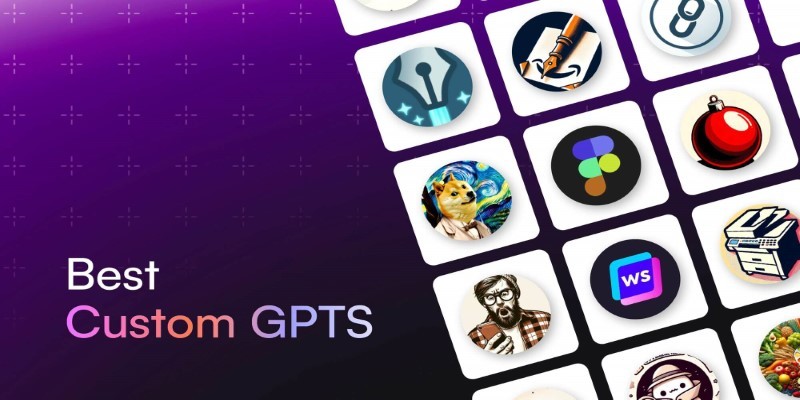
Looking for AI tools that actually help? These 8 custom GPTs are ready to use right away and designed to simplify tasks, solve problems, and speed up your work.
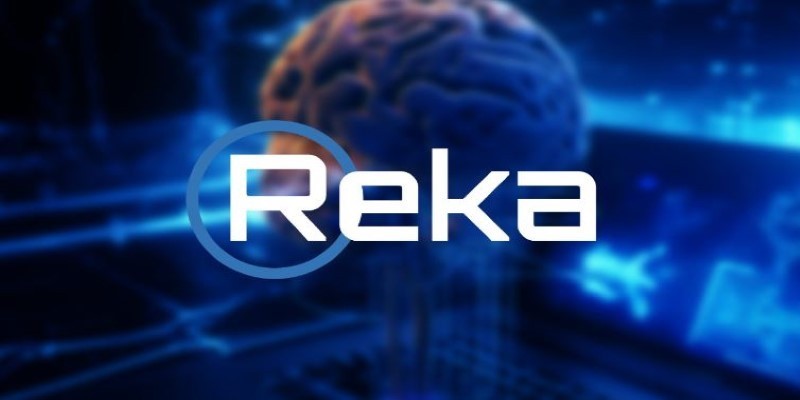
Ever wished you could get text, images, and videos all at once? REKA CORE makes it happen by bringing everything into one seamless response for easy access to multimedia content
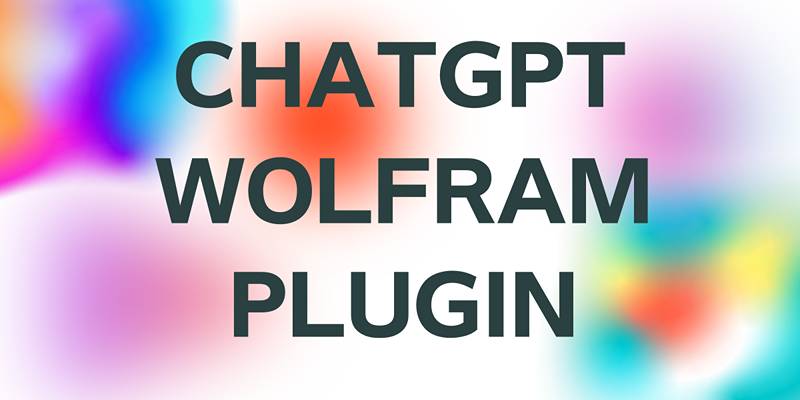
Enhance your ChatGPT experience by using the Wolfram plugin for fact-checking, solving STEM tasks, and data analysis.

Learn how to install and use FreedomGPT on Windows for private, unrestricted AI chats, all without needing the cloud.

Applying to the Big 4? Learn how Overleaf and ChatGPT help you build a resume that passes ATS filters and impresses recruiters at Deloitte, PwC, EY, and KPMG

Learn here key security challenges and practical solutions for protecting AI and edge computing systems from cyber threats

Need a faster way to get through long articles or reports? These top 9 summarization tools for 2025 help you find key points without wasting time
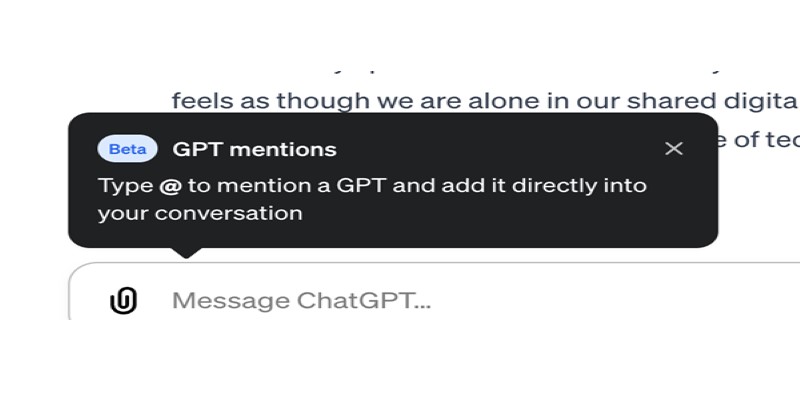
Curious about how to bring custom GPTs into your ChatGPT conversations with just a mention? Learn how GPT Mentions work and how you can easily include custom GPTs in any chat for smoother interactions